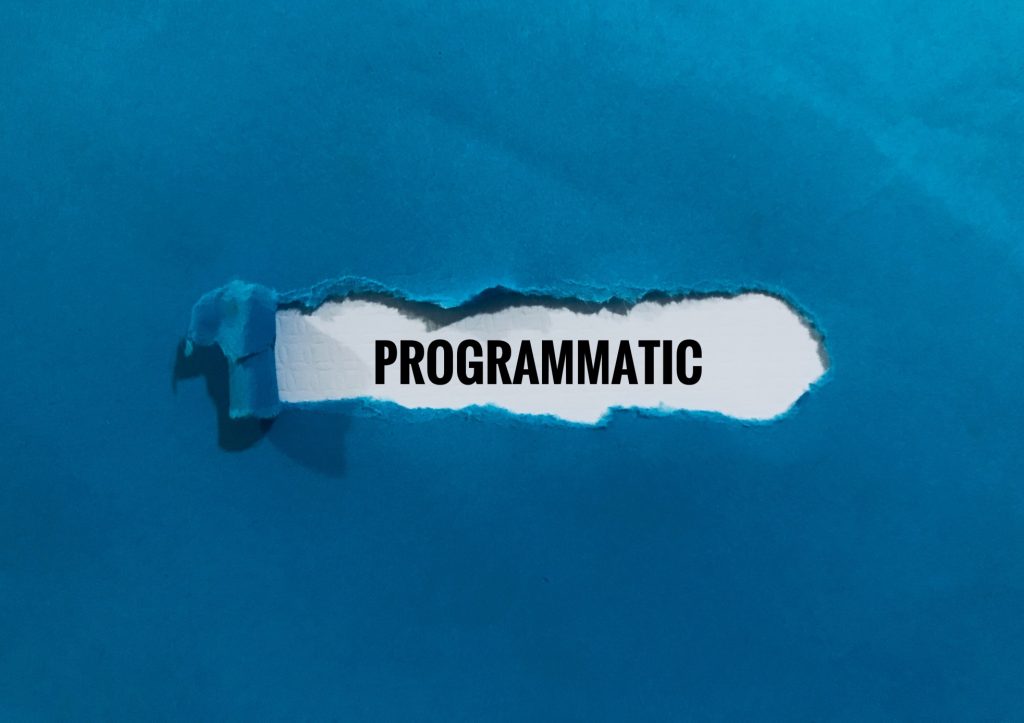Dramatic changes in the near future await the ad tech industry. Changes in the GDPR regulations, Apple’s changes in Safari, and new privacy features in Google’s Chrome will create an entirely new landscape in the online advertising business.
Data Privacy and Transparency
It’s fair to say that the most important product of the internet is data. It is the data produced by the internet which makes the internet such an important asset for marketers. And most of the data on the internet is produced through cookies.
New regulations and changes introduced by international organizations, local governments, and dominating private companies are focused on the use of cookies. Programmatic advertising, mostly relying on cookies, will be dramatically affected by these changes.
After these changes, the use of third-party data will face some restrictions. The programmatic advertising industry, which is built around third-party data, must adjust its data sources and targeting methods, and seek new methods to protect privacy of consumer data without losing efficiency in targeting.
First-Party Data
Collecting data directly from users will be one of the most important solutions for publishers. But it’s not easy to obtain consent as the users are more skeptical about sharing their data these days.
The most efficient way to obtain this consent is to provide the users with a valuable experience and that means personalization. Most users are willing to share their data in exchange for a more personalized experience.
The Return of Contextual Advertising
Another way to fill the ad spaces for publishers is to use the good old contextual advertising.
Contextual advertising was the only way to raise the efficiency of an ad in the early days of internet advertising. Due to technological advances that have made data sharing enormously easier, the online advertising industry has changed its path. However, we can say that major restrictions on third-party data usage will force publishers to reinvest in contextual advertising. Today, with the help of AI, publishers can display ads according to the context of the user through keyword and sentiment analyses.
But things will be a little different upon the rebirth of contextual advertising. Ads that used to be placed manually according to the context of the user will be placed at the page level for each user, thanks to artificial intelligence that can analyze keywords and moods.
It is possible to say that this change is beneficial for publishers. In this way, ads that are not related to the content on the screen will not be shown to users. This way, publishers will be able to offer their users a better experience.
Advertisers and Publishers: Getting Closer
In these new times without cookies, the most important challenge will be the redesign of the advertiser-publisher relationship. For the ad spaces to be filled in a meaningful way for publishers and advertisers both, closer relationships will be required. Programmatic advertising platforms will play a big part in this convergence. Programmatic platforms will act as an important bridge, especially for advertisers who cannot carry out independent purchasing operations and publishers who cannot sell their ad spaces on their own. To fully meet the needs of advertisers, programmatic ad platforms need to expand their portfolios and get to better know the publishers within their networks. On the other hand, we can say that programmatic platforms will have to provide particularly such broadcasters that carry out small operations with know how and necessary tools.
Do not believe those who say that programmatic advertising will suffer a great deal after the new regulations. These regulations will certainly lead to great changes in all businesses working on data usage on the internet. However, thanks to an environment where data privacy and transparency are strictly regulated, it will be possible for the advertiser-consumer relationship to have a trust-based foundation in the long term.





